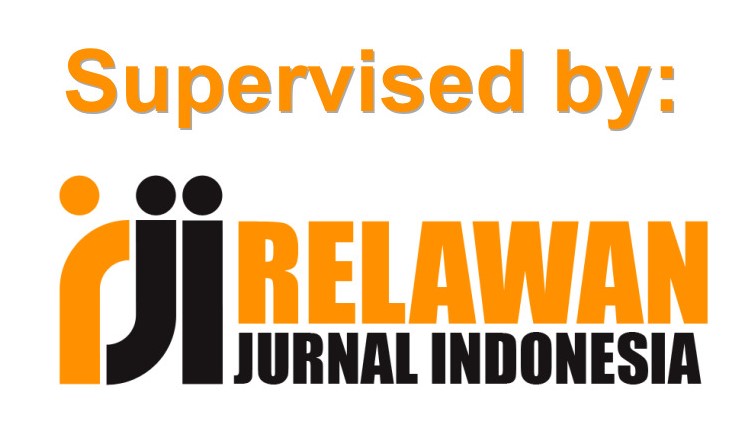Pemetaan Teknik Double-Stops Pada Violin Concerto No. 2 Anatoly Komarowsky
DOI:
https://doi.org/10.24114/grenek.v10i2.29009Keywords:
double-stops, violin, Violin Concerto No 2Abstract
Pembelajaran biola pada tingkat menengah mencakup berbagai teknik yang spesifik dalam rangka pembentukan intonasi yang baik, diantaranya adalah double-stops. Double-stops adalah teknik permainan violin pada tingkat menengah yang terdapat pada repertoar di berbagai gaya ataupun periode dalam kultur musik barat. Penelitian ini bertujuan untuk mengkaji implementasi teknik double-stop dalam Violin Concerto No. 2 karya Anatoly Komarowsky pada Violin Menengah I di Jurusan Musik FSP ISI Yogyakarta. Penulis menyoroti kelangkaan kajian repertoar musik violin pada tingkat menengah, terkhusus karya Komarowsky. Komarowsky adalah komposer musik violin asal Russia pada periode modern. Violin Concerto No.2 mengandung idiom, variasi teknis, dan interpretasi yang melekat pada periode modern khas Eropa Timur. Penelitian menggunakan metode kualitatif dengan pendekatan analitik secara musikologis. Hasil penelitian menunjukkan pemetaan teknik double-stops beserta penempatannya, baik pada notasi yang tertulis apa adanya maupun notasi yang tidak tertulis. Hasil penelitian diharapkan dapat menjadi rujukan bagi violinis pada tingkat menengah untuk mempelajari karya ini, terlebih lagi untuk dapat mengembangkan kemampuan teknis pada repertoar lainnya.References
Adzkia, S. F. (2021). YouTube sebagai Media Teknologi Informasi dan Komunikasi dalam Konteks Hasil Pembelajaran Praktik Instrumen Violin Prodi Pendidikan Musik Institut Seni Indonesia Yogyakarta.
Journal of Music Science, Technology, and Industry, 4(1), 163“177.
Galamian, I., & Thomas, S. (2013). Principles of violin playing and teaching. Courier Corporation.
Indrawan, A. (2018). Musikologi Indonesia. BP ISI Yogyakarta.
Komarovsky, A. (2001). Komarowski: Violin Concerto No. 1 in A Major. Peters Edition.
Lamb, N. (1990). Guide To Teaching Strings (Fifth Edit). Wm. C. Brown Publishers.
Mack, D. (1995). Sejarah Musik Jilid 3 (I). Pusat Musik Liturgi.
Monsaingeon, B. (2000). The Art of Violin: The Devil™s Instrument. Susana Scott - Ideale Audience.
Nelson, S. M. (2003). The violin and viola: history, structure, techniques. Courier Corporation.
Siburian, E. (1994). Teknik Biola Pada Masa Barok Dengan Perhatian Khsusus Pada Tiga Sonata dan Tiga Partita Tanpa Iringan Karya J.S. Bach. Universitas HKBP Nommensen Medan.
Stein, L. (1962). Structure and style: the study and analysis of musical forms. Summy-Birchard Company.
Sukmadinata, N. S. (2017). Metode Penelitian Pendidikan. In Bandung: Remaja Rosda Karya. PT Remaja Rosdakarya.
Van Ness, E. C. (2017). Performance as a Research Instrument: An Example from the Western European Baroque. PROMUSIKA: Jurnal Pengkajian, Penyajian, Dan Penciptaan Musik, 5(2), 68“76.
Violin Sylabus 2013 Edition. (2013). The Royal Conservatory.
Watanabe, R. T. (1967). Introduction To Music Research. Prentice-Hall, Inc.
Wirakesuma, T. (2012, June). Double Stops, Double Trouble (Part I). Staccato, 52.
КомаровÑкий Ðнатолий Сергеевич - БиографиÑ. (n.d.). Retrieved May 24, 2021, from http://www.biografija.ru/biography/komarovskij-anatolij-sergeevich.htm
Downloads
Published
Issue
Section
License
Copyright (c) 2021 Daniel de Fretes, Puput Pramuditya, Farel Jonggi Lundito, Maria Regina Murti Kusumaningrum

This work is licensed under a Creative Commons Attribution-ShareAlike 4.0 International License.
Authors published with the Grenek: Jurnal Seni Musik agree to the following terms:
- Authors retain copyright and grant the journal the right of first publication with the work simultaneously licensed under a Creative Commons Attribution License (CC BY-SA 4.0) that allows others to share the work with an acknowledgment of the work's authorship and initial publication in this journal.
- Authors are able to enter into separate, additional contractual arrangements for the non-exclusive distribution of the journal's published version of the work (e.g., post it to an institutional repository or publish it in a book), with an acknowledgment of its initial publication in this journal.
- Authors are permitted and encouraged to post their work online (e.g., in institutional repositories or on their website) prior to and during the submission process, as it can lead to productive exchanges, as well as earlier and greater citation of published work. (See The Effect of Open Access)








